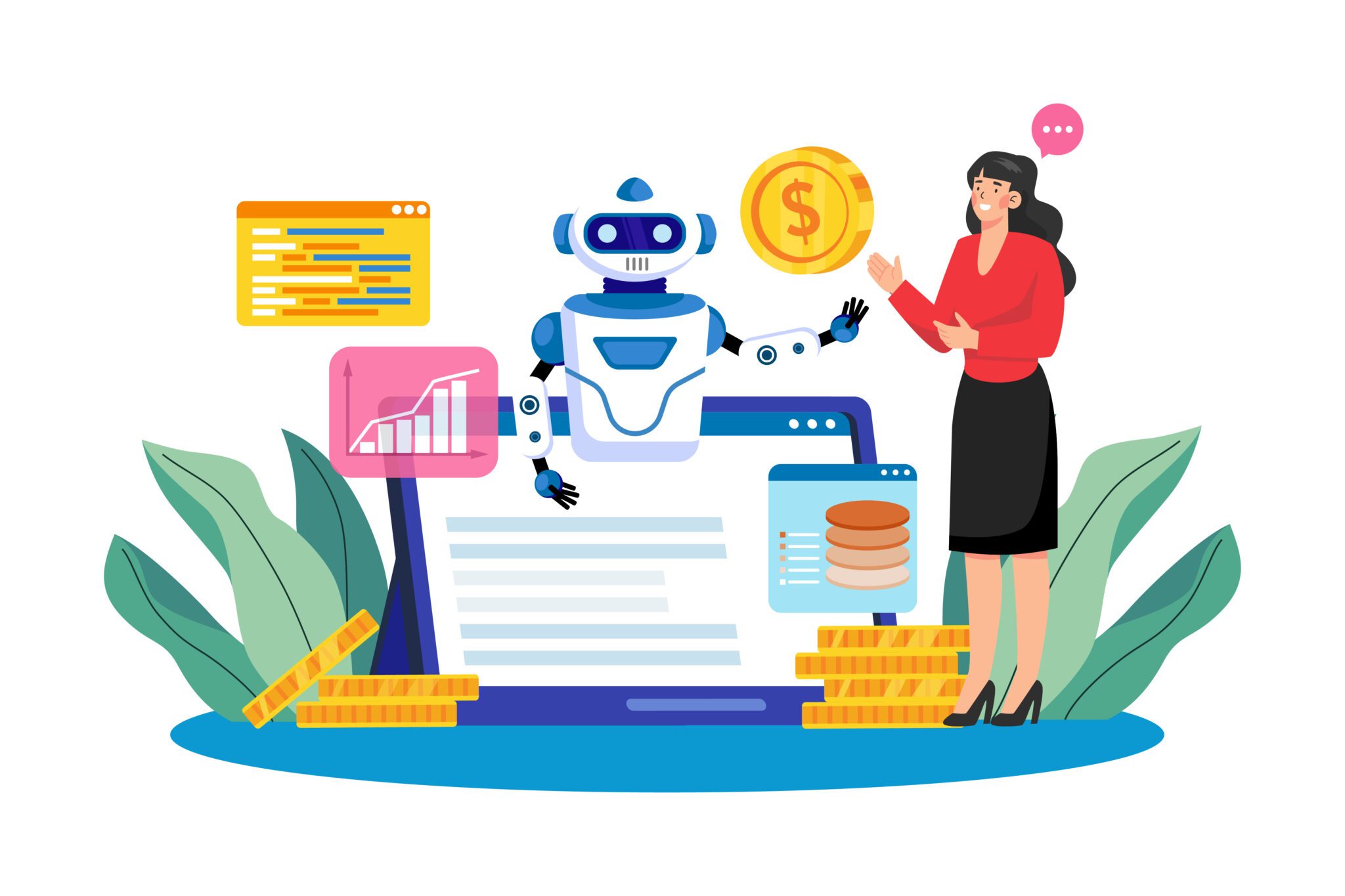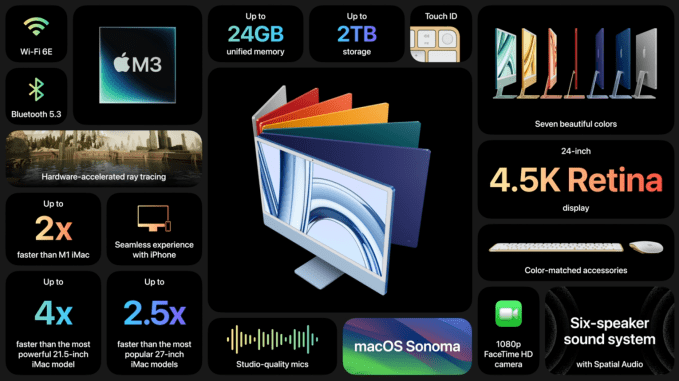Sometime in the near future, the CEO of a large telecom provider is using a smartphone app to check on her organization’s seven strategic initiatives. Within a few taps, she knows the status of every project and what percentage of expected benefits each one has delivered. Project charters and key performance indicators are available in moments, as are each team member’s morale level and the overall buy-in of critical stakeholders.
She drills down on the “rebranding” initiative. A few months earlier, a large competitor had launched a new green brand, prompting her company to accelerate its own sustainability rollout. Many AI-driven self-adjustments have already occurred, based on parameters chosen by the project manager and the project team at the initiative’s outset. The app informs the CEO of every change that needs her attention — as well as potential risks — and prioritizes decisions that she must make, providing potential solutions to each.
Before making any choices, the CEO calls the project manager, who now spends most of his time coaching and supporting the team, maintaining regular conversations with key stakeholders, and cultivating a high-performing culture. A few weeks earlier the project had been slightly behind, and the app recommended that the team should apply agile techniques to speed up one project stream.
During the meeting, they simulate possible solutions and agree on a path forward. The project plan is automatically updated, and messages are sent informing affected team members and stakeholders of the changes and a projection of the expected results.
Thanks to new technologies and ways of working, a strategic project that could have drifted out of control — perhaps even to failure — is now again in line to be successful and deliver the expected results.
Back in the present, project management doesn’t always move along quite as smoothly, but this future is probably less than a decade away. To get there sooner, innovators and organizations should be investing in project management technology now.
Project Management Today and Path Forward
Every year, approximately $48 trillion are invested in projects. Yet according to the Standish Group, only 35% of projects are considered successful. The wasted resources and unrealized benefits of the other 65% are mind-blowing.
For years in our research and publications, we have been promoting the modernization of project management. One reason we have found why project success rates are so poor is the low level of maturity of technologies available for managing them. Most organizations and project leaders are still using spreadsheets, slides, and other applications that haven’t evolved much over the past few decades. These are adequate when you are measuring project success by deliverables and deadlines met, but they fall short in an environment where projects and initiatives are always adapting — and continuously changing the business. There has been improvement in project portfolio management applications, but planning and team collaboration capabilities, automation and “intelligent” features are still lacking.
If applying AI and other technological innovations to project management could improve the success ratio of projects by just 25%, it would equate to trillions of dollars of value and benefits to organizations, societies, and individuals. Each of the core the technologies described in the story above is ready — the only question now is how soon they will be effectively applied to project management.
Gartner’s research indicates that change is coming soon, predicting that by 2030, 80% of project management tasks will be run by AI, powered by big data, machine learning (ML), and natural language processing. A handful of researchers, such as Paul Boudreau in his book Applying Artificial Intelligence Tools to Project Management, and a growing number of startups, have already developed algorithms to apply AI and ML in the world of project management. When this next generation of tools is widely adopted, there will be radical changes.
6 Aspects of Project Management that Will Be Disrupted
We see these coming technological developments as an opportunity like none before. Organizations and project leaders that are most prepared for this moment of disruption will stand to reap the most rewards. Nearly every aspect of project management, from planning to processes to people, will be affected. Let’s take a look at six key areas.
1. Better selection and prioritization
Selection and prioritization are a type of prediction: which projects will bring the most value to the organization? When the correct data is available, ML can detect patterns that can’t be discerned by other means and can vastly exceed human accuracy in making predictions. ML-driven prioritization will soon result in:
- Faster identification of launch-ready projects that have the right fundamentals in place
- Selection of projects that have higher chances of success and delivering the highest benefits
- A better balance in the project portfolio and overview of risk in the organization
- Removal of human biases from decision-making
2. Support for the project management office
Data analytics and automation startups are now helping organizations streamline and optimize the role of the project management office (PMO). The most famous case is President Emmanuel Macron’s use of the latest technology to maintain up-to-date information about every French public-sector project. These new intelligent tools will radically transform the way PMOs operate and perform with:
- Better monitoring of project progress
- The capability to anticipate potential problems and to address some simple ones automatically
- Automated preparation and distribution of project reports, and gathering of feedback
- Greater sophistication in selecting the best project management methodology for each project
- Compliance monitoring for processes and policies
- Automation, via virtual assistants, of support functions such as status updates, risk assessment, and stakeholder analysis
3. Improved, faster project definition, planning, and reporting
One of the most developed areas in project management automation is risk management. New applications use big data and ML to help leaders and project managers anticipate risks that might otherwise go unnoticed. These tools can already propose mitigating actions, and soon, they will be able to adjust the plans automatically to avoid certain types of risks.
Similar approaches will soon facilitate project definition, planning, and reporting. These exercises are now time-consuming, repetitive, and mostly manual. ML, natural language processing, and plain text output will lead to:
- Improved project scoping by automating the time-consuming collection and analysis of user stories. These tools will reveal potential problems such as ambiguities, duplicates, omissions, inconsistencies, and complexities.
- Tools to facilitate scheduling processes and draft detailed plans and resource demands
- Automated reporting that is not only produced with less labor but will replace today’s reports — which are often weeks old — with real-time data. These tools will also drill deeper than is currently possible, displaying project status, benefits achieved, potential slippage, and team sentiment in a clear, objective way.
4. Virtual project assistants
Practically overnight, ChatGPT changed the world’s understanding of how AI can analyze massive sets of data and generate novel and immediate insights in plain text. In project management, tools like these will power “bots” or “virtual assistants.” Oracle recently announced a new project management digital assistant, which provides instant status updates and helps users update time and task progress via text, voice or chat.
The digital assistant learns from past time entries, project planning data, and the overall context to tailor interactions and smartly capture critical project information. PMOtto is a ML-enabled virtual project assistant that is already in use. A user can ask PMOtto “Schedule John to paint the wall next week and allocate him full time to the task.” The assistant might reply, “Based on previous similar tasks allocated to John, it seems that he will need two weeks to do the work and not one week as you requested. Should I adjust it?”
5. Advanced testing systems and software
Testing is another essential task in most projects, and project managers need to test early and often. It’s rare today to find a project major project without multiple systems and types of software that must be tested before the project goes live. Soon, advanced testing systems that are now only feasible for certain megaprojects will become widely available.
The Elizabeth line, part of the Crossrail project in the United Kingdom, is a complex railway with new stations, new infrastructure, new tracks, and new trains; it was, therefore, important that every element of the project went through a rigorous testing and commissioning process to ensure safety and reliability. It required a never-before-seen combination of hardware and software, and after initial challenges, the project team developed the Crossrail Integration Facility. This fully automated off-site testing facility has proven invaluable in increasing systems’ efficiency, cost-effectiveness, and resilience. Systems engineer Alessandra Scholl-Sternberg describes some its features: “An extensive system automation library has been written, which enables complex set-ups to be achieved, health checks to be accurately performed, endurance testing to occur over extended periods and the implementation of tests of repetitive nature.” Rigorous audits can be run at the facility 24-7, free from the risk of operator bias.
Advanced and automated system testing solutions for software projects will soon allow early detection of defects and self-correcting processes. This will significantly reduce time spent on cumbersome testing activities, reduce the number of reworks, and ultimately, deliver easy-to-use and bug-free solutions.
6. A new role for the project manager
For many project managers, automating a significant part of their current tasks may feel scary, but successful ones will learn to use these tools to their advantage. Project managers will not be going away, but they will need to embrace these changes and take advantage of the new technologies. We currently think of cross-functional project teams as a group of individuals, but we may soon think of them as a group of humans and robots.
With a shift away from administrative work, the project manager of the future will need to cultivate strong soft skills, leadership capabilities, strategic thinking, and business acumen. They must focus on the delivery of the expected benefits and their alignment with strategic goals. They will also need a good understanding of these technologies. Some organizations are already building AI into their project management education and certification programs, and Northeastern University is incorporating AI into its curriculum, teaching project managers how to use AI to automate and improve data sets and optimize investment value from projects.
Data and People Make the Future a Reality
When these tools are ready for organizations, how will you make sure your organization is ready for them? Any AI adoption process begins with data, but you must not fail to prepare your people as well.
Training AI algorithms to manage projects will require large amounts of project-related data. Your organization may retain troves of historical project data, but they are likely to be stored in thousands of documents in a variety of file formats scattered around different systems. The information could be out-of-date, might use different taxonomies, or contain outliers and gaps. Roughly 80% of the time spent preparing a ML algorithm for use is focused on data gathering and cleaning, which takes raw and unstructured data and transforms it into structured data that can train a machine learning model.
Without available and properly managed data, the AI transformation will never happen at your organization — but no AI transformation will flourish if you don’t also prepare yourself and your team for the change.
This new generation of tools will not only change the technology on how we manage projects, but will change completely our work in the project. Project managers must be prepared to coach and train their teams to adapt to this transition. They should increase their focus on human interactions while identifying technology skill deficits in their people early and work to address them. In addition to focusing on project deliverables they should focus on creating high performing teams in which members receive what is needed to allow them to perform at their best.
If you are seriously considering applying AI to your projects and project management practices, the following questions will help you assess your decision.
- Are you ready to spend time making an accurate inventory of all your projects, including the latest status update?
- Can you invest several resources for some months to gather, clean, and structure your project data?
- Have you made up your mind to let go of your old project management habits, such as your monthly progress reports?
- Are you prepared to invest in training your project management community in this new technology?
- Are they willing to move out of their traditional comfort zones and radically change how they manage their projects?
- Is your organization ready to accept and adopt a new technology and hand over the reins on decisions with increasingly higher stakes?
- Are you ready to let this technology make mistakes as it learns to perform better for your organization?
- Does your executive sponsor for this project have the capability and credibility in your organization to lead this transformation?
- Are senior leaders willing to wait several months, up to one year, to start seeing the benefits of the automation?
If the answer to all these questions is yes, then you are ready to embark on this pioneering transformation. If you have one or more “no” answers, then you need to work on flipping them to “yes” before moving ahead.
• • •
As we have seen, the application of artificial intelligence in project management will bring significant benefits, not only in the automation of administrative and low value tasks, but even more important, including AI and other disruptive technologies in your toolbox will in help your organization, its leaders and project managers select, define and implement projects more successfully.
The CEO in our story was once in the position you are in today. We encourage you to take the first steps toward this positive vision of future of project management now.

 News4 days ago
News4 days ago
 News6 days ago
News6 days ago
 News4 days ago
News4 days ago
 News3 days ago
News3 days ago
 News4 days ago
News4 days ago
 News4 days ago
News4 days ago
 News4 days ago
News4 days ago










